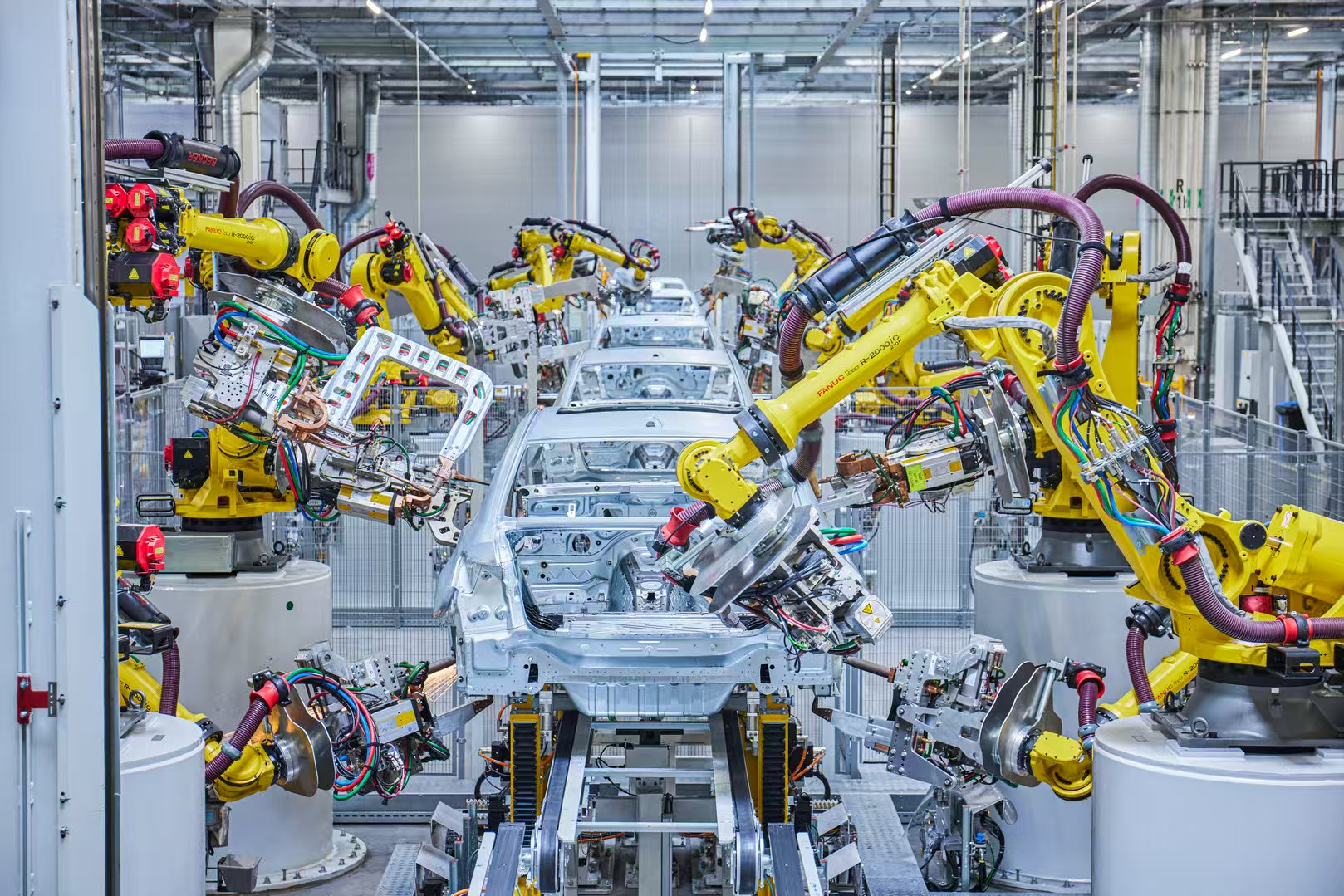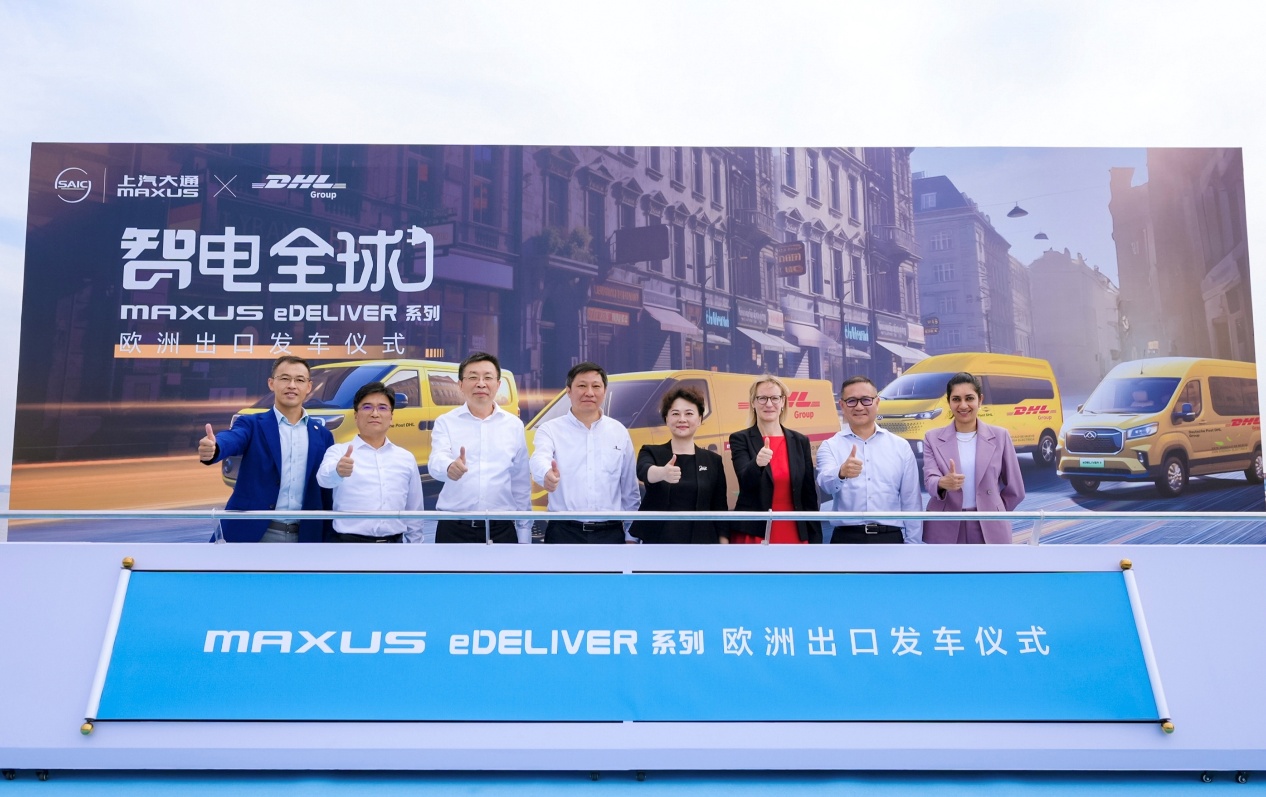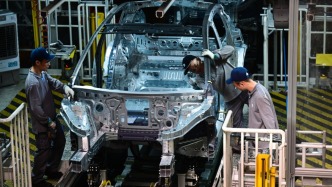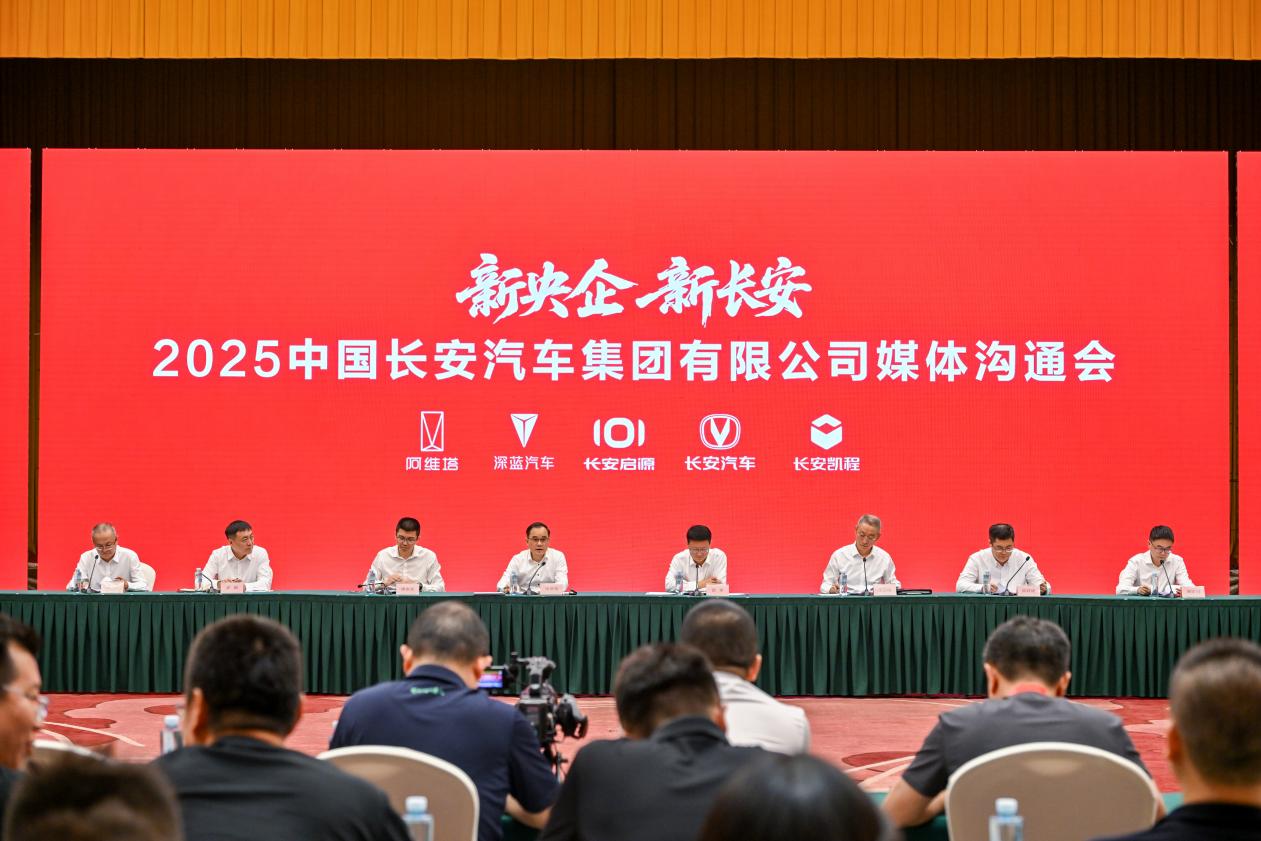
The global automotive industry is undergoing an unprecedented restructuring, with new energy and intelligent transformation becoming key battlegrounds determining future competitiveness. Against this backdrop, on July 29, 2025, China Changan Automobile Group was officially established in Chongqing, marking a key step in the strategic upgrade of China's automotive industry's "national team." Formed through the restructuring and integration of 117 subsidiaries within the former Changan Automobile system, this new state-owned enterprise boasts a registered capital of 20 billion yuan, total assets of 308.7 billion yuan, and a workforce of 110,000.
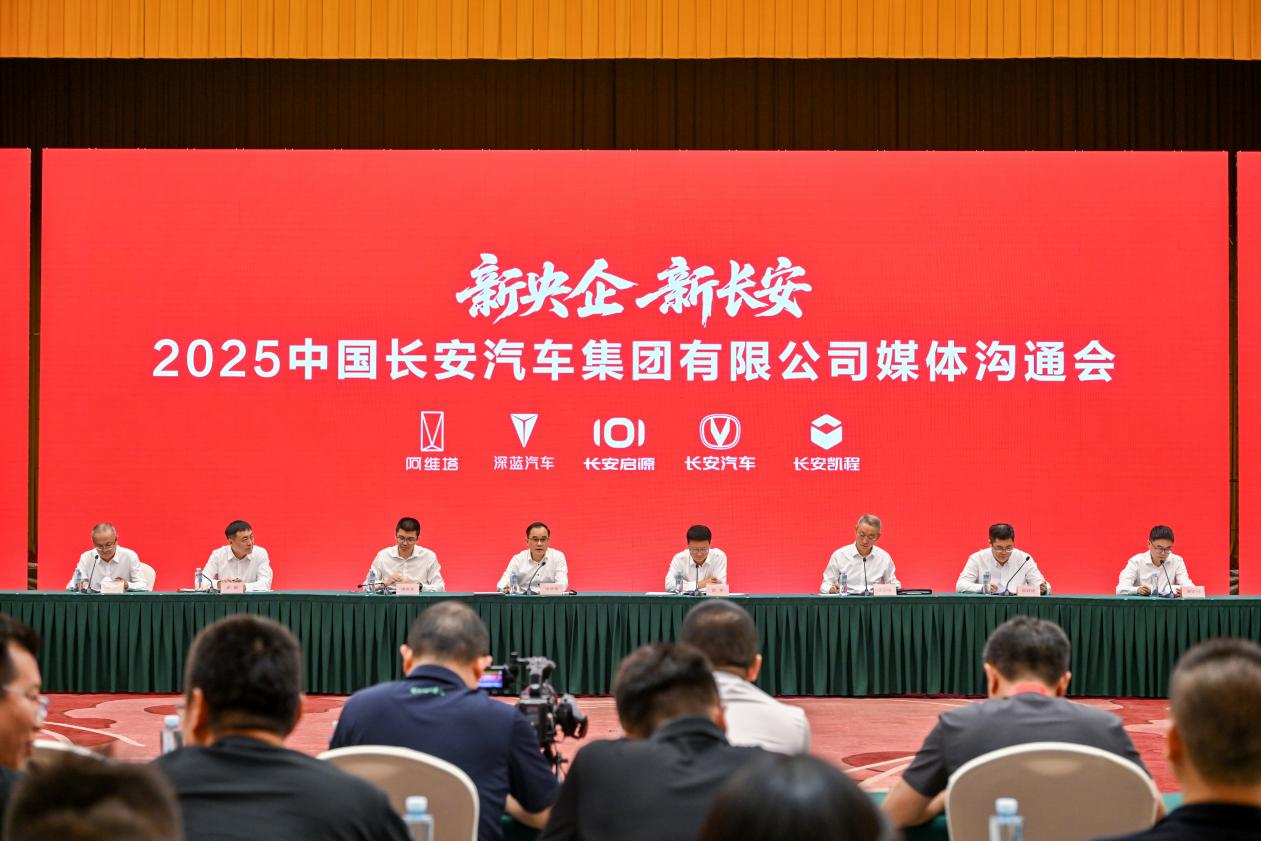
Its birth is not an ordinary corporate restructuring, but a strategic institutional innovation promoted by the country during a critical period of industrial transformation - aimed at breaking the three major structural bottlenecks that have long restricted the development of China's automobile industry: internal friction in R&D caused by scattered resources, innovation barriers formed by technological islands, and the dilemma that single-point breakthroughs are difficult to form systemic advantages in the process of globalization.
Through the systematic reconstruction of vertical integration of the industrial chain, deep integration of industry, academia and research, and global and localized operations, China Changan Automobile carries the historical mission of building global competitiveness for Chinese auto companies.
A counter-cyclical growth start
Since 2025, in the complex environment of ongoing price wars and differentiated demand in the Chinese automobile market, Changan Automobile has delivered a report card that is a benchmark for the industry.
Cumulative sales for the first six months reached 1.355 million vehicles, an eight-year high, demonstrating the strength of this leading central SOE. New energy vehicle sales surged, reaching 450,000 units in the first six months, a year-on-year increase of 48.8%. In July, Changan Automobile sold over 210,000 vehicles, including over 79,000 new energy vehicles, a year-on-year increase of over 73%.
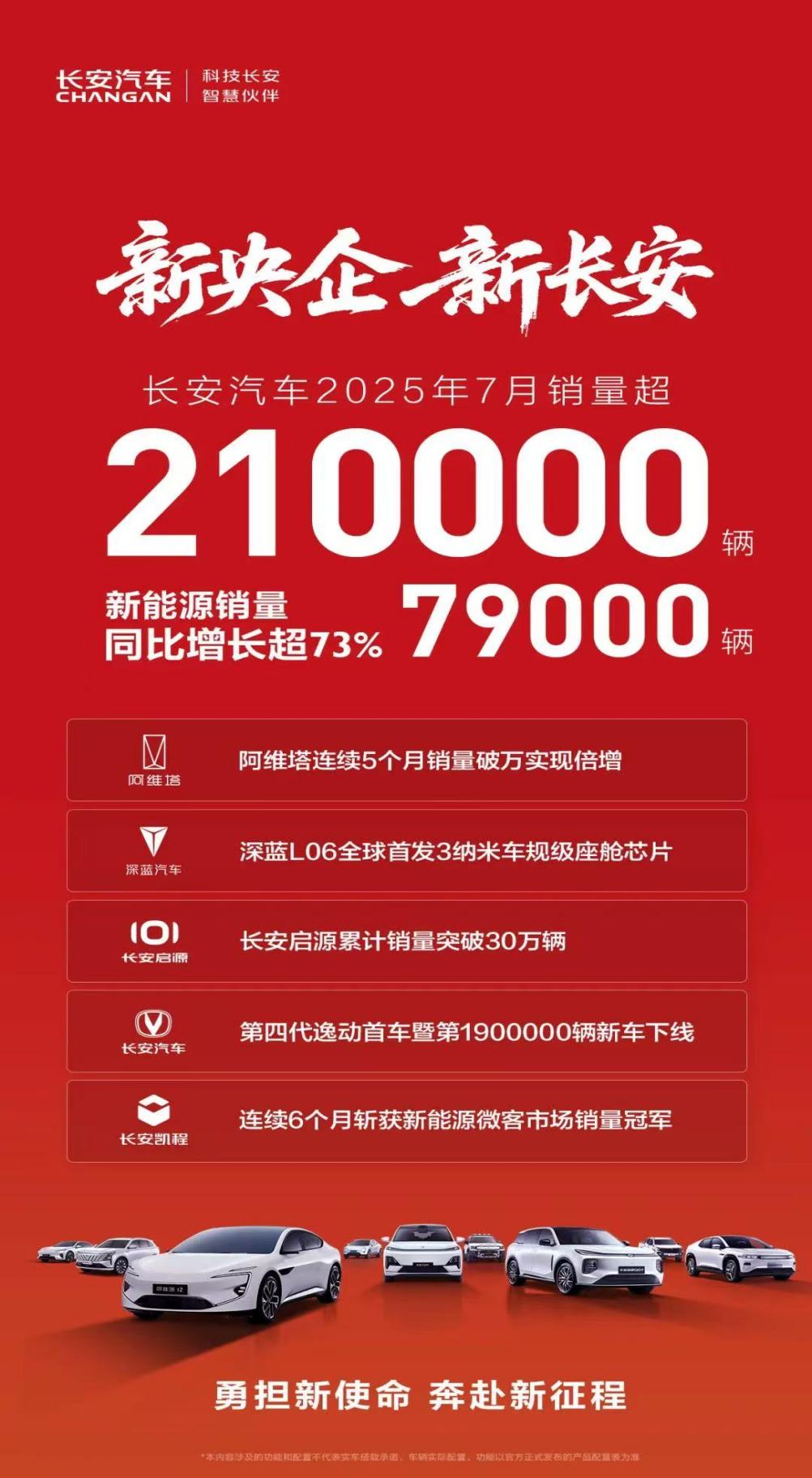
Behind this performance, it means that Changan Automobile's technological layout is highly compatible with market trends.
DeepBlue Automotive has delivered over 500,000 vehicles worldwide. The DeepBlue L06, among them, is equipped with a 3nm automotive-grade cockpit chip, further elevating its level of intelligence.
The Avita brand has sold more than 10,000 units for five consecutive months; Changan Qiyuan's cumulative sales have exceeded 300,000 units, and models such as Changan Qiyuan Q07 continue to sell well, topping the sales list of new energy medium-sized SUVs under 200,000 yuan for two consecutive months.
This good start to business operations has undoubtedly built an important starting point and a source of confidence for the "New Changan" to move towards higher goals.
"Five New" Changan
China Changan Automobile's goal of becoming a "world-class automobile group" has been given new meaning as it leaps from a local state-owned enterprise to a central enterprise directly supervised by the State-owned Assets Supervision and Administration Commission of the State Council.
By 2030, the company will achieve production and sales of 5 million vehicles, of which new energy vehicles will account for more than 60%, and overseas sales will exceed 30%, making it one of the top ten global automobile brands. This target system is not a simple expansion of scale, but a strategic practice to reshape the industry's competitive landscape through institutional innovation.
In summary, the establishment of China Changan Automobile will help accelerate the high-quality development of the intelligent connected new energy vehicle industry; it will help integrate relevant resources, blaze a new trail in the fierce market competition, and further strengthen, optimize and expand state-owned enterprises; it will also help Changan better participate in international competition, build an international, market-oriented, professional and youthful organization and team, and accelerate its progress towards becoming a world-class automobile brand.
In this process, the "Five New" strategy proposed by "New Changan" covers five dimensions: new mission, new strategy, new cars, new ecology, and new services. Its essence is to integrate fragmented industrial elements into an organic system of collaborative innovation through the resource coordination mechanism unique to state-owned enterprises.
For example, at the national strategic level, it directly undertakes the L3 access pilot task for intelligent connected vehicles, enabling the "Beidou Tianshu" project to obtain support from national key laboratories, and transforming policy resources into accelerated technological breakthroughs; it helps the "Shangri-La" project to build a world-class dedicated platform for new energy vehicles; it accelerates the "Haina Baichuan" project and promotes the "152" global layout.

In terms of industrial collaborative development and ecological layout, in addition to continuing to build the three major brands of Avita, Deep Blue and Changan globally, we will also strengthen cross-border cooperation in pan-mobility fields such as AI, ICT, and humanoid robots.
The integration of industries will also drive continuous innovation in its service model. On the B2B side, through auto finance, aftermarket, and factoring services, a comprehensive transformation of the integration of industry and finance will be achieved. On the B2C side, AI technology will be used to empower intelligent and proactive services, creating a differentiated service DNA for the brand.
It can be said that under the new system, Changan Automobile will break through the bottleneck of individual company development, enhance the efficiency and competitiveness of the entire industry chain, and unleash greater synergy and development momentum. This exploration of leveraging institutional advantages to achieve breakthroughs provides the Chinese auto industry with a dual-track development model of "globalization of scale" and "high-end technology."
Core grasp
China Changan Automobile's global strategy is not a castle in the air, but is built on a solid foundation of deep synergy between three major technology plans and three major brand matrices.
The "Shangri-La Project" focuses on technological innovation in the energy market.
Its core achievement, the Golden Bell Battery, achieves the safety standard of "only smoke, no fire" through a nano-ceramic separator and intelligent thermal resistance control technology. This breakthrough directly addresses the fundamental safety concerns of electric vehicle users. The all-solid-state battery, planned for mass production in 2027, will directly challenge the patent barriers long-established by Japanese and Korean companies.
In the field of hybrid technology, the upgraded Smart New Blue Whale 3.0 uses the industry's first plug-in hybrid and extended-range integrated technology, reducing the comprehensive vehicle usage cost per kilometer to 0.22 yuan.
At the same time, the "Beidou Tianshu Project" is opening up a new battlefield in the field of intelligence.
Changan's independently developed SDA software-defined vehicle architecture (SDA) achieves hardware standardization and software platformization, laying the foundation for future intelligent vehicles. Forward-looking flying car test flights will begin by the end of 2025, aligning with the planned mass production of humanoid robots in 2028. These initiatives are building a three-dimensional transportation ecosystem spanning land, sea, and air, demonstrating Changan's systematic thinking about future mobility scenarios.
The "Ocean of Hundred Rivers" plan has outlined a clear path to globalization.
The core idea of its global "152" layout is to base itself in China and accelerate the development of five major overseas regional markets, including Southeast Asia, the Middle East and Africa, Central and South America, Europe, and Eurasia.

As new vehicle testing and verification processes in the mainstream automotive market become increasingly sophisticated, the era of Chinese automakers conquering overseas markets through the export of complete vehicles is a thing of the past. However, Changan Automobile has always adhered to its "no base, no overseas" approach to localized operations.
The company plans to build 20 overseas factories globally, including those in Brazil and Indonesia, with nine already completed and in production. Its first overseas new energy vehicle production base in Rayong, Thailand, commenced production in May.
China's Changan Automobile is promoting the transformation of its overseas model from simple trade exports to the localization of the entire chain of "R&D-manufacturing-service". This deep localization initiative is the only way for China's automobiles to transform overseas.
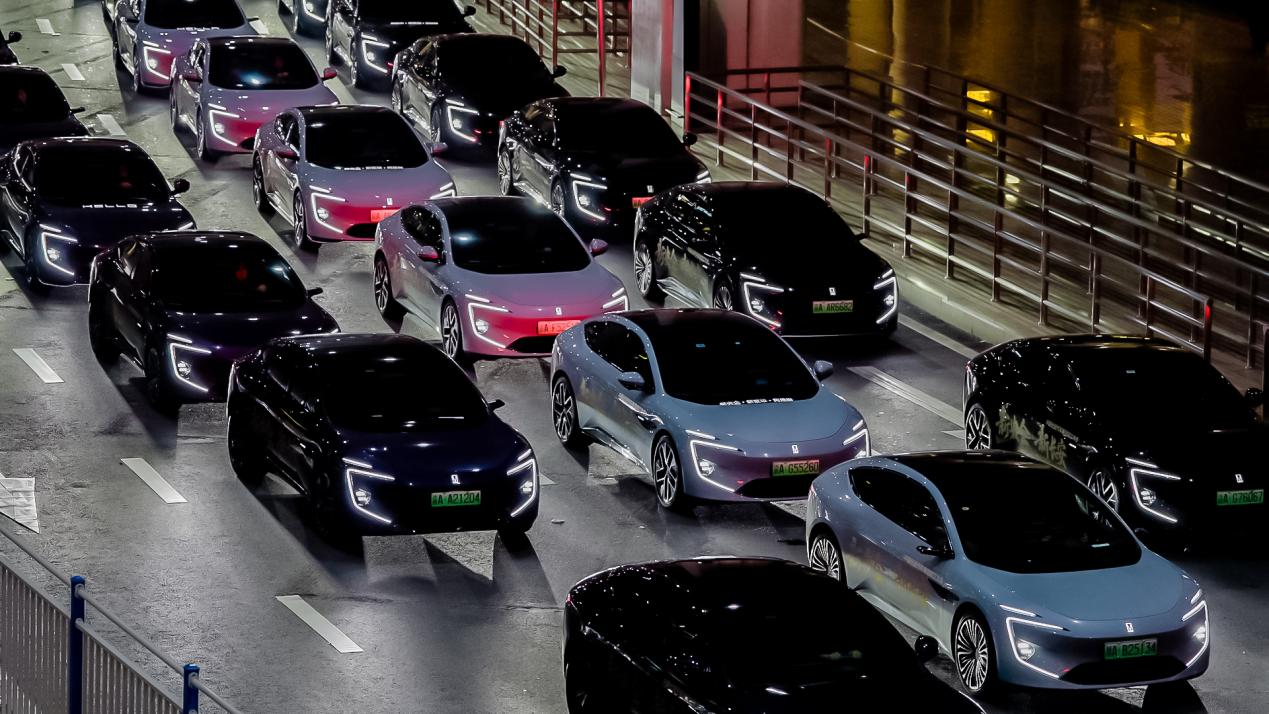
In terms of brand strategy, Avita, as a high-end breakthrough pioneer, focuses on "high appearance, high intelligence, and high value" to create a global new luxury smart electric vehicle leading brand; Deep Blue Automobile promotes technological equality, and Huawei's Qiankun intelligent driving system and 3nm automotive chip are deployed in the L06 model; Changan Qiyuan is anchored in the national market, and Q07 continues to lead the market segment with its flexible space layout of 5 square meters and 10-minute 300-kilometer fast charging capability.
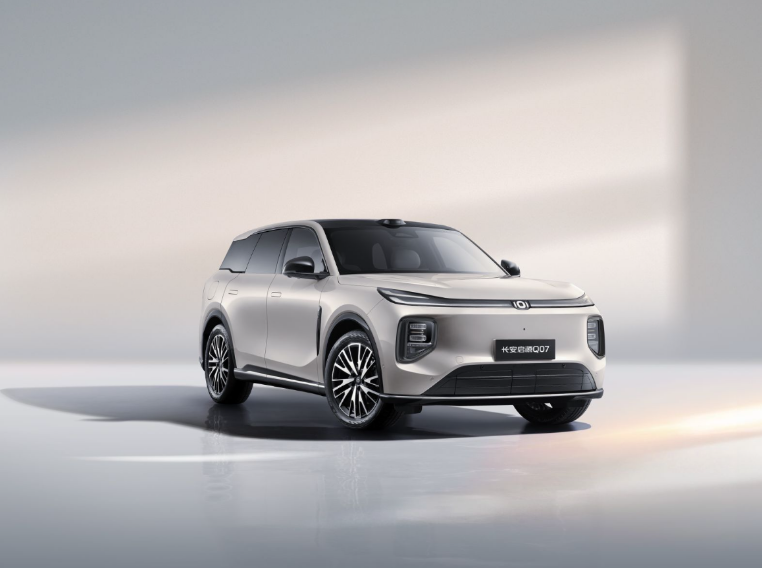
The strategic echelon formed by these three brands has built a complete market penetration from luxury breakthroughs to universal coverage. Avita has torn open the defense line of the high-end market, Deep Blue has devoured the technological dividends of the middle class, and Qiyuan has consolidated the layered combat system of the mass consumption base, demonstrating the systematic capabilities required for Chinese car companies to participate in global competition.
Chain owner is responsible
As an industrial cornerstone rooted in Chongqing for 88 years, the establishment of "New Changan" resonates with the industrial upgrading of the Chengdu-Chongqing region. This resonance shows strong momentum under the framework of the "33618" modern manufacturing cluster system.
Chongqing has already established a comprehensive industrial ecosystem encompassing complete vehicles, auto parts, and the aftermarket. The establishment of China Changan Automobile Group will significantly advance this ecosystem.
In addition, a flying car test base has been established in Liangjiang New Area. This layout not only represents a technological breakthrough, but also drives the gathering of cutting-edge industrial chains such as high-end composite materials and high-precision navigation and positioning in Chongqing, injecting new impetus into regional industrial upgrading.
Changan Automobile in China is also a benchmark for green manufacturing transformation. Its distributed photovoltaic power stations have a total installed capacity of 266 megawatts, and its carbon dioxide emissions per 10,000 yuan of output value have decreased by 44.73% year-on-year. These figures demonstrate a systematic low-carbon transformation strategy.
at last
The establishment of China Changan Automobile Group marks a significant integration and upgrade of China's national automotive industry. It carries not only Changan's own dream of becoming a world-class automaker, but also represents a strategic move in China's transition from a major automaker to a powerful automaker.
Faced with fierce global competition, whether this state-owned enterprise with profound heritage and new vitality can truly achieve the goal of "world-class" through efficient resource integration, continuous technological breakthroughs and a clear brand strategy, and drive the overall development of China's automotive industry chain, will be the focus of future observation.
Every step of its exploration and practice will provide valuable experience for the high-quality development and new industrialization path of China's automobile industry.
